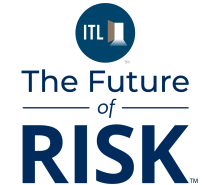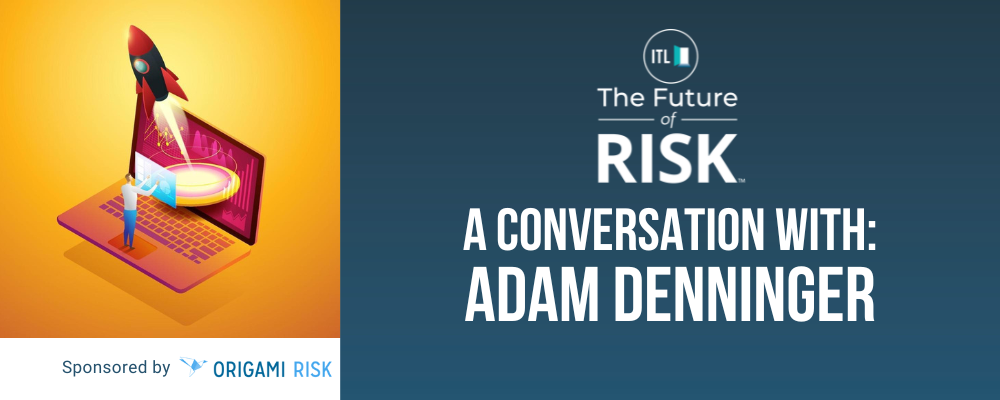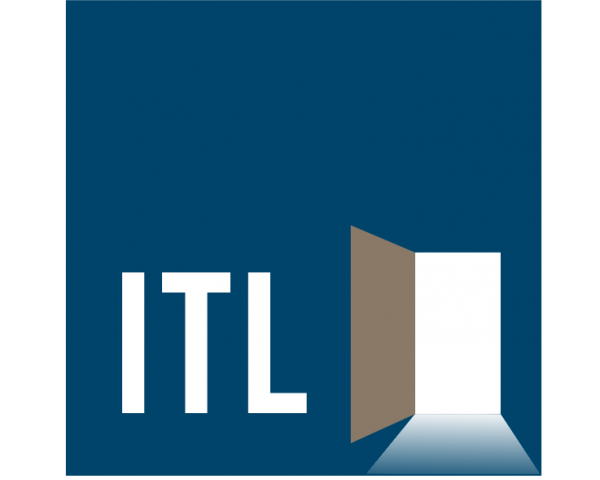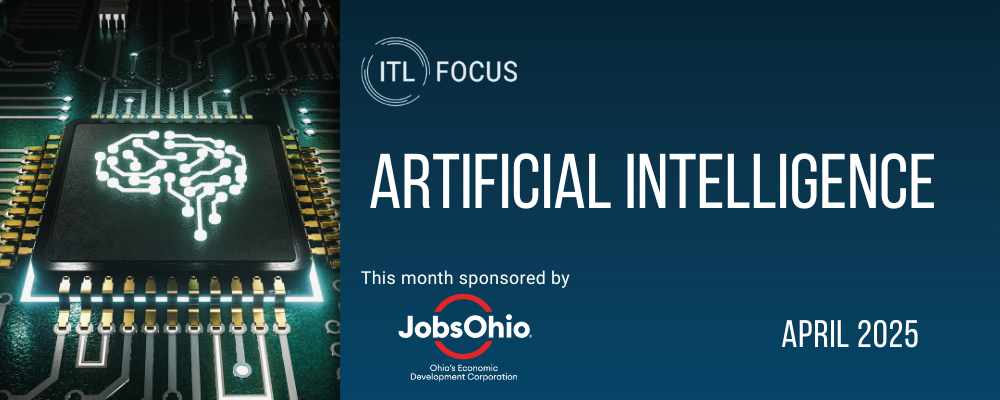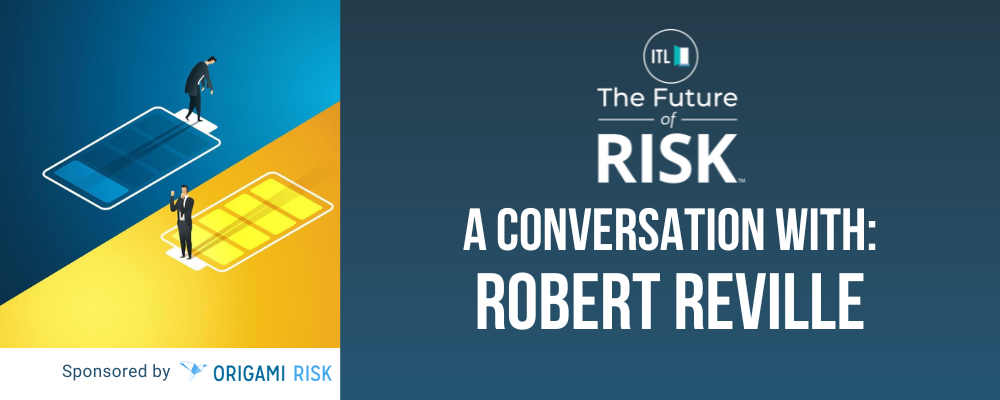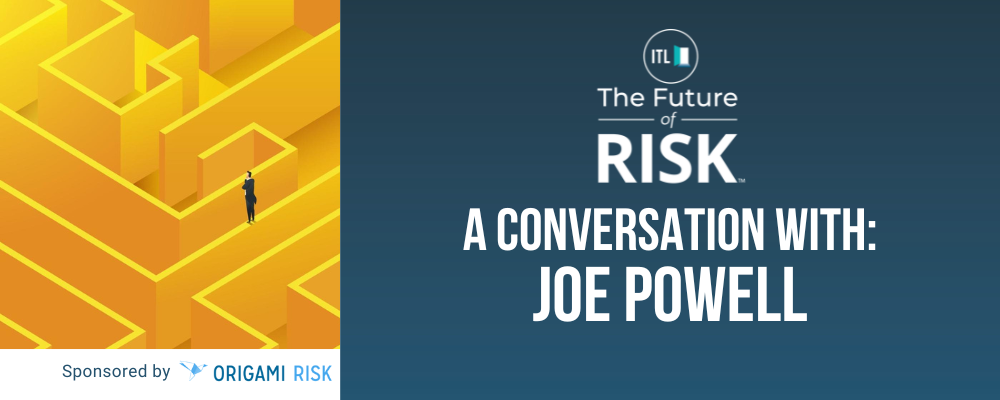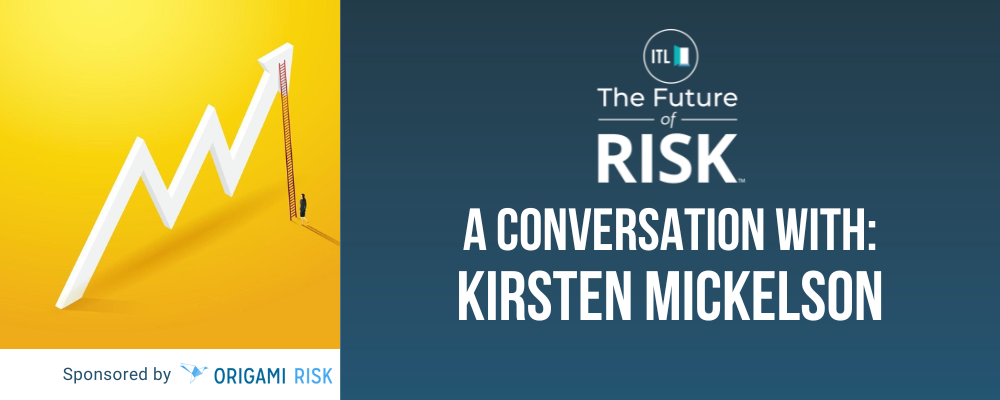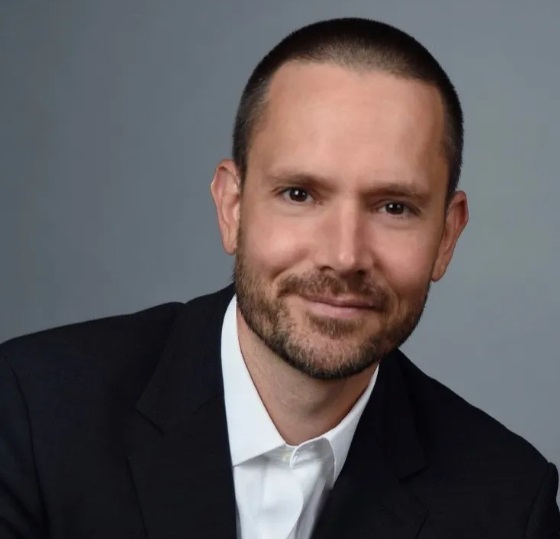 | Adam Denninger leads Capgemini’s global strategy and product management for the insurance industry and manages its relationships with the insurance technology ecosystem. He has 20-plus years of experience creating and delivering solutions at the intersection of business and technology. |
Insurance Thought Leadership
As you look ahead to 2025, what are the key trends we should expect to see play out?
Adam Denninger
Common themes emerge across all insurance sectors. One of the biggest trends we're seeing is that customers are no longer tolerating complex, convoluted experiences in either sales or service. This applies to policy owners, members, agents, and distribution partners alike. Insurance companies are responding with significant investments to address these pain points, particularly through experience improvements, service enhancements, and contact center optimization – all powered by gen AI and new tools to increase efficiency.
Another major trend, particularly in the P&C space, focuses on better understanding and pricing risk. For instance, how do you differentiate between two 18-year-old male drivers – one excellent and one poor – using available insurance data? The same applies to property insurance, where two houses near each other on Florida's coast might represent vastly different risk profiles. This trend has led to substantial investment in underwriting workbenches, especially in traditionally tech-resistant markets like London.
Similar developments are occurring in life insurance, where there's a push toward fluidless underwriting. After a decade of discussion, companies are finally implementing better, faster, and less expensive underwriting processes while maintaining or improving accuracy.
The third major pillar of investment centers on cost optimization. Companies are exploring various approaches to reduce operational costs, whether through legacy system replacement, cloud platform migration, Gen AI implementation, or enhanced self-service capabilities.
Looking ahead, I expect to see step changes in the industry's overall technology capabilities. While the benefits of current investments may take one to three years to materialize, the scale and scope of approved projects suggest meaningful transformation is on the horizon.
Insurance Thought Leadership
How is generative AI currently improving insurance operations, and what developments do you see beyond basic efficiency gains?
Adam Denninger
I see several key developments happening with generative AI in insurance. One of its most powerful capabilities is synthesizing disparate sources of unstructured data – including reports, police documents, and news articles – into concise, fact-based summaries. This functionality is being integrated into both sales and claims processes.
Working with Google, I've seen this in action through their new claims handling tool that some companies are implementing. While a human claims handler remains involved, the AI handles the analysis of backend documents, synthesis, and initial recommendations. This is truly game-changing, though companies still need to get comfortable with the accuracy and keep human oversight during these early stages.
The efficiency gains in claims handling will be astounding, especially considering the cost of claims handlers. We're seeing similar developments on the underwriting side. For example, at Capgemini, we've developed a tool that can analyze unstructured public data from financial reports and news articles to create actuarially viable and defensible rating factors for D&O insurance – something previously unheard of.
On the customer experience front, generative AI is transforming contact centers. The technology enables natural conversations where AI agents can gather information organically to populate quote information. Instead of dealing with structured IVR systems with rigid questions, customers can have fluid conversations. For instance, a customer might casually mention needing auto insurance for their 18-year-old son's first car, and the AI can extract and process that information while maintaining a natural dialogue.
What's revolutionary is that the computer can have human-like conversations and extract relevant information without requiring exact scripts or button pushing. This capability allows insurance companies to completely reimagine their contact center operating model. While these solutions are still being developed and tested, I believe they represent a significant advancement.
Insurance Thought Leadership
What companies are successfully implementing chatbot technology using large language models, and how close are we to seeing widespread practical applications?
Adam Denninger
Currently, no company has successfully implemented this technology in production at a high level. The main challenge, particularly for insurance companies, lies in integrating these new capabilities into existing legacy systems. This integration is incredibly complex and requires years of investment to implement in a production environment. While I can't name specific companies due to NDAs, I know several tier-one organizations are actively investing in these solutions.
The technology is definitely coming. Initial iterations of these solutions will likely begin appearing in the market within the next six months, allowing people to start experiencing the technology firsthand. I anticipate widespread adoption and implementation from major carriers in production environments within two years.
The transformation from traditional scripted chatbots to these more sophisticated, conversational AI systems represents a leap forward.
Insurance Thought Leadership
And reducing customer service expenses through automation actually improves customer satisfaction.
Adam Denninger
It's definitely a win-win situation. While people are great, they do make mistakes, and not every customer service representative can know everything about the company. In contrast, a chatbot can be programmed with comprehensive knowledge about the company and provide consistent, accurate answers within its designated scope.
Let me use Google as an example. Their claims-driven capabilities, which are part of an ecosystem of claims tools they're developing with our customers, deliver more accurate upfront answers in a fraction of the time compared with traditional methods. This isn't just a chatbot – it's a comprehensive claims management solution.
The end result is faster, more accurate service that benefits everyone involved. Who wouldn't prefer getting their claims settled more quickly and accurately?
Insurance Thought Leadership
How far can we get with incremental innovation, and when do we need to think about complete system redesign?
Adam Denninger
When carriers come to us wanting to leverage new technology and transform their business operations, I typically recommend a specific strategy: Keep their existing legacy ecosystem and processes intact while building a completely new greenfield solution.
This approach allows companies to retain all their valuable assets – their product expertise, operational knowledge, regulatory understanding, industry experience, and distribution networks – while running them on legacy systems. They can then selectively transfer what they need to a new platform, creating a best-in-class solution.
In my experience, this is unquestionably the most effective and efficient approach. However, it's highly customer-specific whether organizations choose to pursue this path. The hesitation is understandable – building an entirely new operating model and platform represents one of the highest-risk IT and operational programs possible. You're essentially betting the company that this new platform will be superior going forward.
While this approach carries higher risk, it's demonstrably the most efficient and effective way to achieve transformation. The companies that do choose this path tend to be true market leaders who are willing to take that calculated risk for potentially greater rewards.
Insurance Thought Leadership
Do you know the origin story of Target? It fits that model. Back in the 1980s, when I was in the Wall Street Journal’s Chicago bureau, we covered a relatively quiet company called Dayton Hudson. Like many department stores at the time, they had experimented with a heavy-discount approach, but they did it as a greenfield, largely because of the dynamics among the five brothers who had inherited leadership of Dayton Hudson from their grandfather, who founded it. The four oldest brothers didn’t think discount retailing would work. The youngest did and set up Target in 1962, with the condition that his brothers would stay out of the way. Target grew so fast that it eventually subsumed the rest of the business, which was renamed Target in 2000.
Adam Denninger
From my perspective, a greenfield is always the right way to go. But I also fully understand people's hesitancy given sort of the risk of doing that. You need the right leadership to pull that off. So probably that brother was a fantastic corporate leader, is what I would say!
Insurance Thought Leadership
What might a successful greenfield operation look like for a top five P&C insurer in five years?
Adam Denninger
The operation will fundamentally transform the entire policy lifecycle by drastically reducing operating costs and improving response speed across sales, service, and claims processes. Everything will be faster, better, and easier, with significantly lower costs due to AI support. The system will enable maximum self-service capabilities, available anytime, anywhere, through any channel, benefiting both distribution partners and insurers.
The real beauty lies in the data integration. All interactions, policy sales, servicing, quotes, and third-party data will feed into a single core system for the insurance company. This creates incredible power for cross-selling, underwriting outcomes, pricing optimization, marketing effectiveness, and claims handling. It enables a virtuous circle of continuous improvement that's impossible with current systems.
The reason insurance companies can't achieve this today isn't due to lack of desire or knowledge – it's because their existing systems literally can't communicate with each other. The current infrastructure is an incredibly complex morass that prevents meaningful progress. While you might achieve incremental improvements like a 5% reduction in claims handling time, true step-change transformation isn't possible with legacy systems.
What we're going to see is carriers finally operating the way we all want them to – efficiently, responsively, and driven by data. It will start with a few pioneering companies, and their success will force others to follow suit. This transformation isn't just a possibility – it's an inevitability. The only question is when companies will make the leap.
Insurance Thought Leadership
How significant is the potential for insurance companies to shift toward a Predict & Prevent model, particularly in using data to help prevent accidents and losses?
Adam Denninger
The model has enormous potential, with the main limitation being our ability to deliver data to the right place at the right time. We already have access to extensive data about traffic accidents, risky roads, and dangerous drivers. On the property side, we know which types of houses carry more risk based on building code history. The challenge lies in creating effective mechanisms to share this information with individuals who need it most. The technology already exists -- our phones can alert us to traffic jams, for instance. The next step is getting this valuable data out of its current silos and into public-facing systems.
Currently, insurance companies are still focused on more fundamental challenges, like updating their pricing models more efficiently. Many companies are struggling with the fact that it takes up to five years to roll out new pricing models, which is unsustainable in today's market.
However, the Predict & Prevent approach is universally recognized as valuable. The key is developing systems that can make data usable and accessible, such as mobile apps that can provide real-time location-based alerts and warnings. Once we overcome these implementation challenges, this model will only continue to improve and expand.
Within the next five to 10 years, I expect consumers will regularly receive location-based notifications from major tech companies like Apple and Google through their mapping services. These notifications will likely alert you to available hybrid parking spots and other location-specific information. Insurance companies will also leverage this technology advancement. Once they have the capability to effectively analyze policyholder data, they'll be able to provide customized notifications about specific risks and maintenance requirements based on the type of property being insured.
Insurance Thought Leadership
Thanks, Adam. I really appreciate your taking the time.

